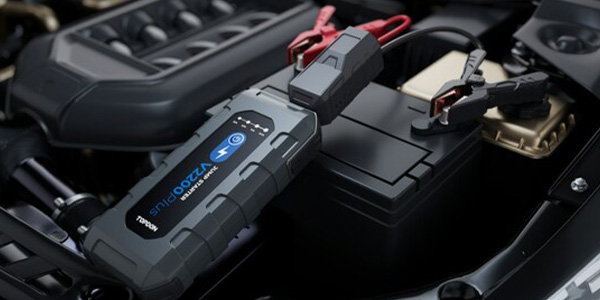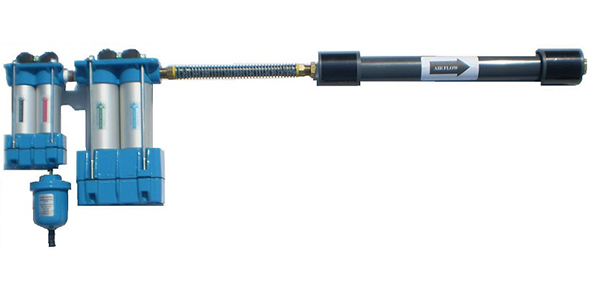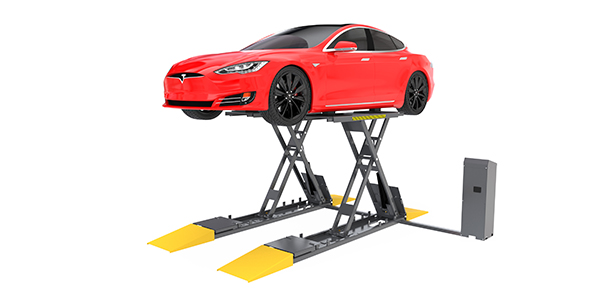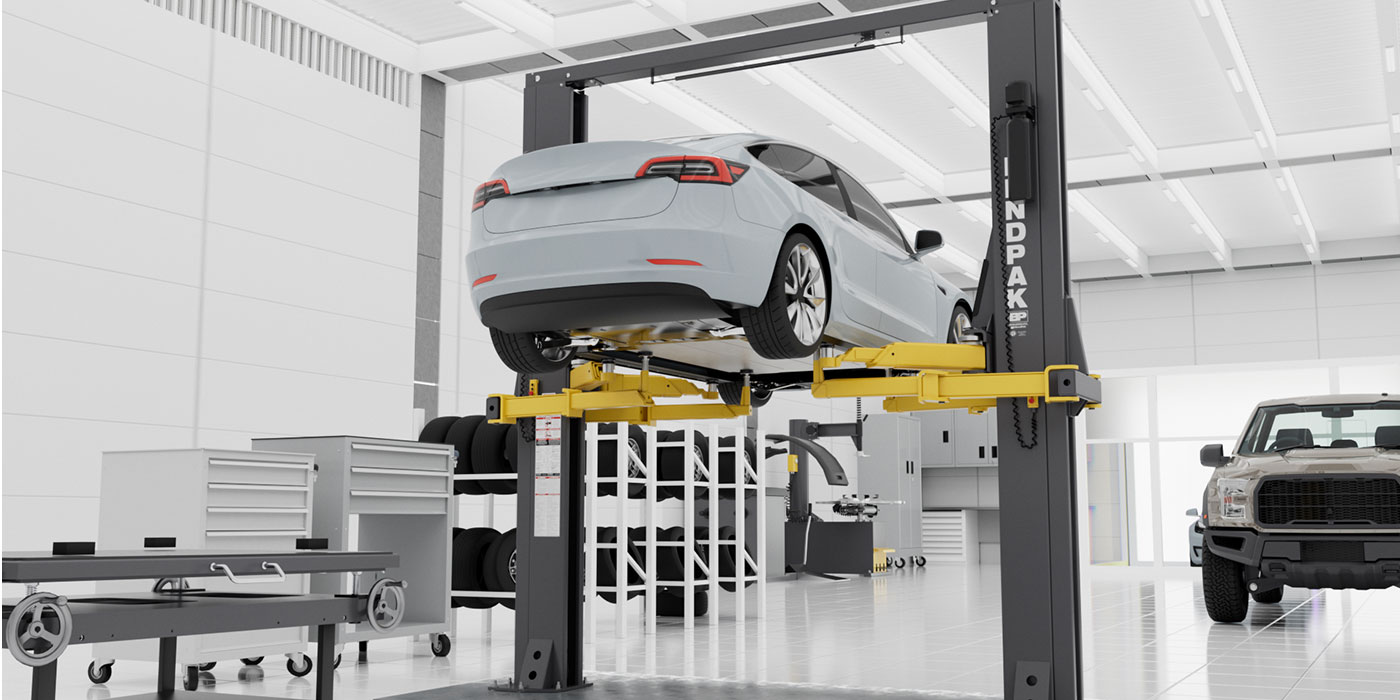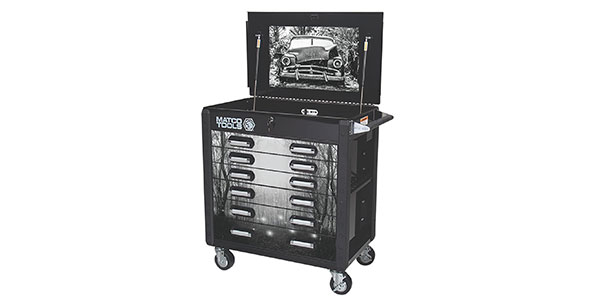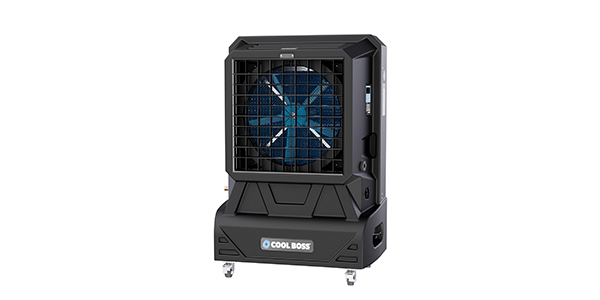A dual-mass flywheel is essentially two flywheels in one that provides some spring cushioning to dampen torsional crankshaft vibrations and shock loading when the clutch is engaged. Think of it as a flywheel with some “give.”
The two-piece assembly has a front “primary” flywheel and a rear “secondary” flywheel. The primary flywheel bolts to the crankshaft just like an ordinary solid flywheel, and has the ring gear for the starter. The clutch is bolted to the secondary flywheel, which is separate from the primary flywheel, but attached to it with a series of coil springs mounted sideways between the two flywheels. The springs allow just enough movement between the flywheels to dampen the power strokes from a diesel engine so the vibrations are not felt throughout the drivetrain when the clutch is engaged. The cushioning effect also reduces shock loading on the transmission for longer gear life and less noise.
On gasoline-powered passenger car applications, a dual-mass flywheel can provide the same kind of drivetrain cushioning and dampening for a smoother, quieter ride. A dual-mass flywheel also helps smooth clutch engagement in vehicles with high torque output engines. It’s sort of like relocating the springs from the hub in the clutch disk further out so they can handle greater loads. Splitting the mass of the flywheel also reduces the rotating mass of the clutch assembly when shifts are made for smoother gear changes and reduced drivetrain noise.
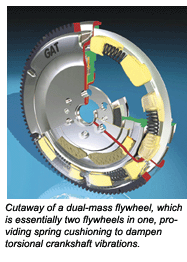 Some dual-mass flywheels use a slightly different design to achieve essentially the same end. Instead of relying solely on springs between the two flywheels to dampen vibrations and shock loading, a planetary gear set is used to control the motions between the primary and secondary flywheels.
Some dual-mass flywheels use a slightly different design to achieve essentially the same end. Instead of relying solely on springs between the two flywheels to dampen vibrations and shock loading, a planetary gear set is used to control the motions between the primary and secondary flywheels.
Failing Flywheels
In spite of the functional advantages that dual-mass flywheels have over conventional one-piece solid flywheels, some dual-mass flywheels have proved to be troublesome and prone to premature failure. The dual-mass flywheels in early Ford 6.9L F-series diesel trucks have experienced a high rate of failure because of a weak spring design in the OEM flywheel.
Spring fatigue and failure causes the flywheel to make a rattling or clunking noise when the clutch is engaged. Depressing the clutch pedal may cause the noise to go away. Debris from broken springs can also become trapped between the back of the flywheel and engine causing damage to the rear main oil seal housing and oil pan.
There have also been problems with the Ford 7.3L F-series diesel dual-mass flywheels, and the dual-mass flywheels in some of the GM diesel and Dodge truck applications.
Fixing a Moan
Another problem that has been reported is a vibration/moaning condition on some 1996-’97 Ford F-250 and F-350 trucks with the 7.3L diesel engine and dual-mass flywheel. Ford technical service bulletin #03-21-19 describes a moaning or vibration that can be heard or felt between 2,600 and 3,000 rpm. The cause is an imbalance between the engine, flywheel and clutch. The fix for this condition involves adding a stack of washers to one or more of the clutch cover bolts to change the balance of the rotating assembly. The idea is to add weight at various locations around the cover until the vibration goes away.
Other Premature Failings
Premature failure of a dual-mass flywheel can be caused by a variety of things other than normal wear and tear. The flywheel is engineered to handle a specific load, so if the engine has been modified to produce more power (turning up the boost pressure, for example), or adding a turbocharger or supercharger to a naturally aspirated engine, or nitrous oxide, the engine may produce more torque than the stock dual-mass flywheel can handle.
Overloading the drivetrain by pulling more weight than the vehicle’s maximum towing or hauling capacity can also overtax a dual-mass flywheel and lead to premature failure.
On diesel applications, anything that causes the engine to run roughly (bad fuel injectors, improper injector timing, loss of compression in a cylinder, etc.) may produce enough vibration to cause premature failure of the damper springs or nylon spacers inside a dual-mass flywheel.
If a clutch starts to slip at low miles, the problem may be a worn or defective “friction ring” between the primary and secondary flywheels. The friction ring allows the secondary flywheel to slip when torque loads are too high (to protect the transmission). The friction ring can wear out if excessive torque loads are continuously applied (as when overloading a vehicle and exceeding its rated hauling or towing capacity).
To check for a worn slip ring, block the engine so it cannot turn and partially insert two long bolts in the bolt holes on opposite sides of the clutch cover. Insert a pry bar between the bolts and try to rotate the secondary flywheel with respect to the primary flywheel. Most dual-mass flywheels will have about 8 to 11 degrees of free rotational movement before the friction ring engages. If the secondary flywheel rotates with hand pressure, the ring is slipping and the flywheel needs to be replaced.
Repair and Replacements
Even if a dual-mass flywheel does not experience a spring failure, the service life of most OEM dual-mass flywheels is typically about the same as the clutch, which means the flywheel usually needs to be replaced when the clutch wears out. If you simply bolt in a new clutch, chances are your customer will have flywheel problems at some point down the road because of the weakened springs in the flywheel. That’s why many experts recommend replacing a dual-mass flywheel when changing a clutch — especially if the flywheel has more than 80,000 or 90,000 miles on it. The flywheel should be considered a wear item just like the clutch, and should be replaced when a new clutch is installed.
Surface wear is another reason for replacement. The friction surface of a dual-mass flywheel will wear the same as an ordinary flywheel as a result of normal clutch operation. The clutch surface may become rough, grooved or develop cracks or hard spots. Minor scoring and grooving is acceptable, but if the surface has hard spots, is warped or cracked, the flywheel must be replaced.
Resurfacing a dual-mass flywheel with a rough or grooved surface is usually out of the question because of the two-piece design of the flywheel. To resurface a dual-mass flywheel, the unit would have to be taken apart so the secondary flywheel could be re-machined. The unit would then have to be “rebuilt” with new springs and reassembled with the same tolerances as before to work properly. Most of these units are not designed to be disassembled or serviced by technicians, so replacement is recommended if the unit shows a lot of wear or is making noise.
Price Options
Dual-mass flywheels are very expensive to replace. The list price for the flywheel alone is typically $800 to $1,100. Add in a couple hundred bucks for a new clutch and clutch disk, plus labor to replace all the parts and you end up with a sizable repair bill.
A more affordable alternative is to replace the OEM dual-mass flywheel with an aftermarket one-piece solid flywheel (which also requires a different clutch and clutch disk). In most cases, you can get a new flywheel and clutch for hundreds less than what it would cost to replace a dual-mass flywheel itself.
Flywheel R&R
Replacing a dual-mass flywheel may involve some extra work depending on the application. On vehicles where the engine is balanced externally with the flywheel, a new replacement dual-mass flywheel will have to be match balanced to the engine. The flywheel has holes where heavy metal plugs can be inserted to change the balance. Note the location of any balance weights on the original flywheel. Then install duplicate weights in the same position on the replacement flywheel. If the engine does not idle or run as smoothly as before, it may be necessary to move the weights around until the vibration is eliminated.

